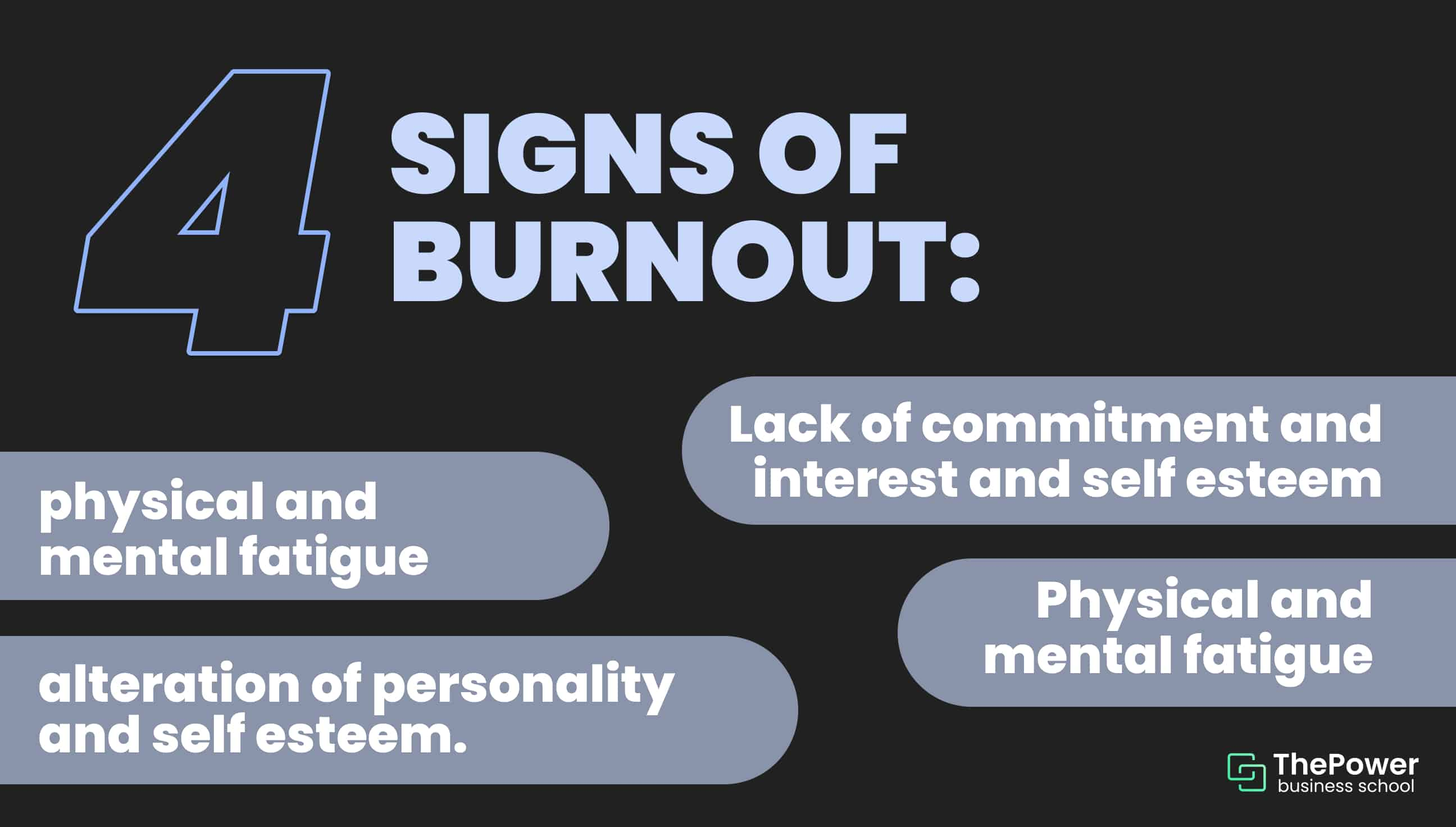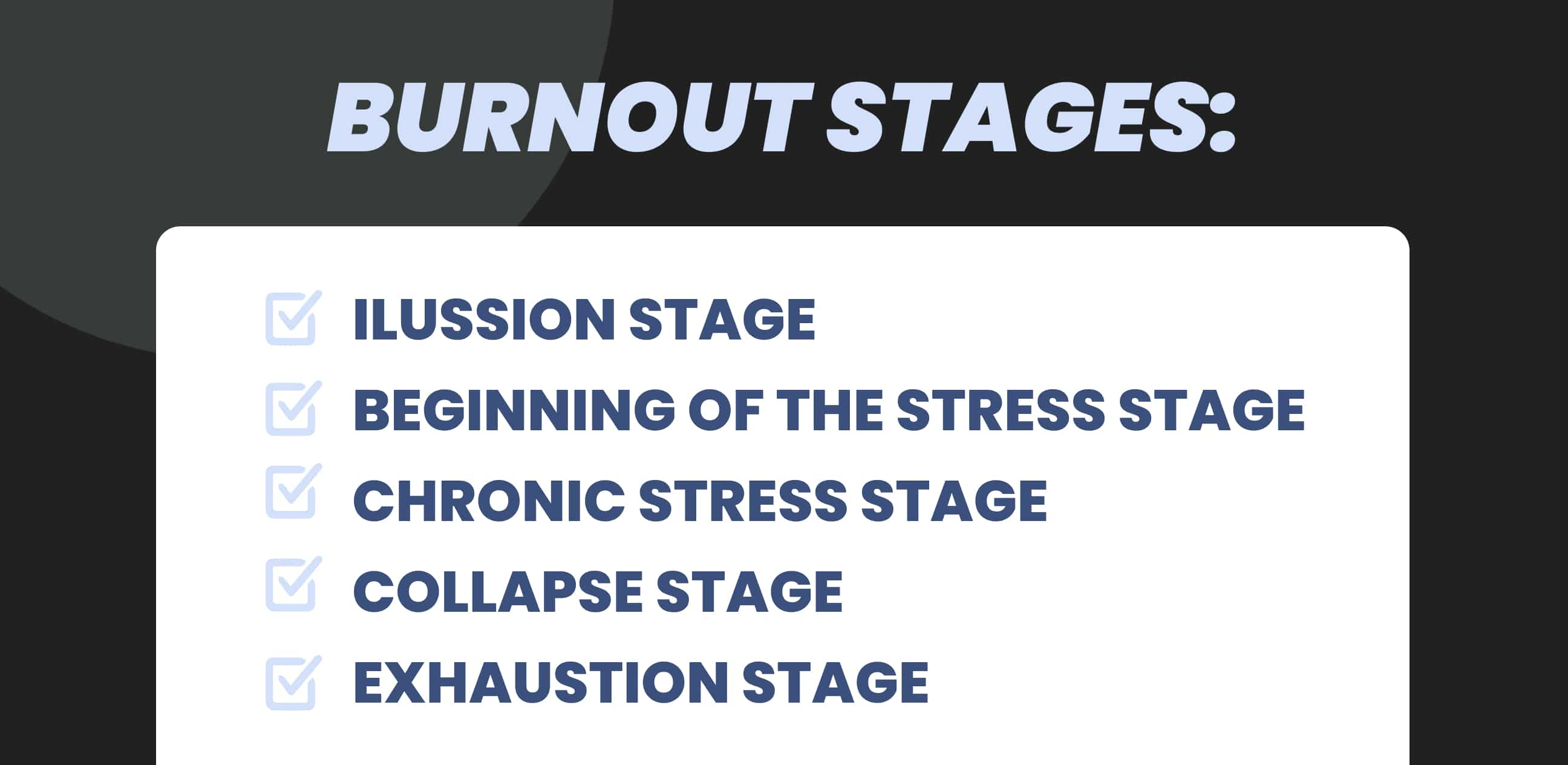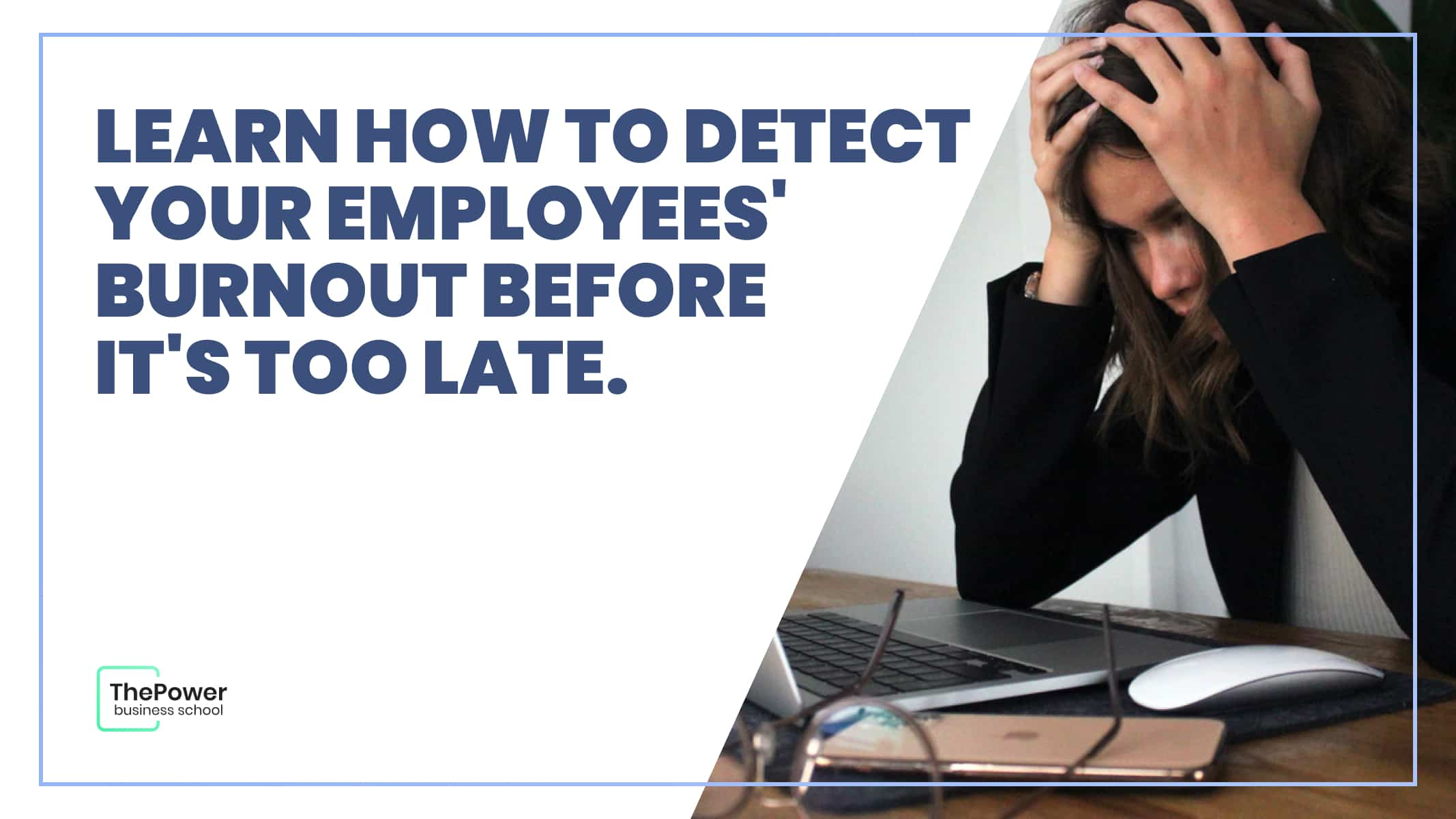What are the symptoms of burnout and how to treat them

Franco Brutti
Every leader's dream is that their team members find themselves in a state of creativity, motivated to do their duties, excited to deliver the assigned tasks on time and eager to grow in the company.
Most times, this idyllic working moment is long-lasting and the good results each working day are highly comforting.
Sadly we know this isn't always the case! The heavy workload, disrupted work environments, the pressing need to balance house chores with work, or stressful situations that come with the daily routine, can lead to burnout in one or many members of the team and turn that dream into a nightmare.
Detecting burnout symptoms in a person that works under our command, and trying to take action to reverse them, are some of those soft skills that are rarely talked about but prove to be an ace up our sleeve when things get tough.
If you lead a team and you want to learn what these burnout symptoms are and how to treat them, read this article until the end. You will thank me…
What is burnout?
You've probably read many articles about occupational burnout lately.
Burnout is the usual feeling of suffering that develops as a response to a prolonged situation of constant stress in the work environment.
This disorder usually shows itself through a state of physical and mental fatigue that can alter the worker’s personality and self-esteem. The person that feels burned out because of their work, senses a permanent state of exhaustion, in which they can no longer hide their lack of commitment and interest to perform the assigned tasks.
Our body is prepared to withstand intermittent and short-term stress situations. But when we have to deal with high levels of stress for prolonged periods of time, we jeopardize our mental health and run the risk of burning out.

Burnout as an occupational disease
This concept appeared in the work-related lexicon to explain the process of deterioration suffered by certain job profiles dedicated to service that, due to their professional role, had to interact intensely or for a long time with other people. For example, doctors, nurses, telemarketers, teachers and professors.
But with the massive spread of teleworking during the pandemic, this disorder began to be observed with increasing frequency, mainly in the millennial generation.
In this case, burnout no longer depends so much on the type of work and the workload, but on how each individual takes it and on the personal tendency to self-demand.
Changes in the labor market after compulsory isolation have contributed to the development and proliferation of burnout syndrome today.
Burnout, a syndrome recognized by the WHO
“Burnout is a syndrome conceptualized as resulting from chronic workplace stress that has not been successfully managed.” WHO
This is serious! A few years ago, burnout was added to the World Health Organization's list of diseases under health problems associated with employment or lack of employment.
WHO defines burnout as a syndrome that appears as a result of chronic workplace stress that has not been successfully managed.
It is defined by three dimensions:
Feelings of lack of energy or exhaustion. Not being able to give more of oneself.
Increased mental distance from work, or development of negative feelings, indifference and distant attitudes towards work.
Feelings of inefficiency and lack of accomplishment. Tendency to evaluate oneself negatively regarding work.
The WHO also clarifies that occupational burnout syndrome refers specifically to events in the work context and should not be applied to describe experiences in other areas of life.
What are the 5 stages of burnout?
Burnout is cumulative and develops in different stages as demands and stressful situations at work increase. These stages are:
1. Ilussion stage
When a worker enters a new job, project or position, they usually experience a period of time full of energy and enthusiasm. The feeling of satisfaction leads to high rates of productivity and creativity.
2. Beginning of the stress stage
Optimism gives way, leading to feelings of stagnation and unmet expectations that manifest as brief lapses of stress. Loss of attention and productivity, fatigue and difficulties in enjoying work are indications that a worker has entered this stage.
3. Chronic stress stage
Visible signs appear that can noticeably affect work performance and interpersonal relationships. The signs become more evident: the person no longer feels motivated to complete assigned tasks on time, he/she manifests discomfort, apathy or annoyance during the workday, and they are late or delay the development of assigned tasks.
4. Collapse stage
This stage takes place when the person reaches his or her limit and stress prevents him or her from continuing normally. The mood disturbance and physical symptoms become intense and have a negative influence on work performance. Family and friends may notice changes in behavior.
5. Exhaustion stage
The feeling of exhaustion is irreversible. The usual feeling is that "there is nothing left to do" but leave the job or ask for a transfer. If these symptoms are not treated in time, they can lead to depression or anxiety that prevent work and enjoyment of the daily routine.

How to treat burnout
If you want to help a member of your team to avoid burnout, follow these steps:
The first point is to be alert to early signs of lack of motivation, stress, tardiness, etc. on the part of your employees.
Better late than never! If you sense that they may be burned out, talk to them and tell them your observations. Try to express yourself in a positive way. Acknowledge their importance to the group and show them that you care about them as a person.
Offer your employee a couple of personal days, a little leave or vacation to relax.
Include extra-occupational activities that allow the group to relax and reduce stress, such as yoga, meditation or mindful breathing.
Learn to listen to the boundaries your team members set. Don't overload them. “More” is not always “better”!
Please respect the working hours! When working from home, it's easier to push boundaries, work longer hours than stipulated and text or email at all hours.
Encourage your employees to maintain a work pace that allows them to sustain the same level of quality over time. Pushing oneself is fine. But if they over-deliver, it can become detrimental to their health.

It’s important to take action if you suspect that one of your employees is under the symptomes described in this article. A good option is to seek help from Human Resources.
Let us know what your strategies are to avoid burnout in your work team, we'll read you in the comments!
Looking for something specific?






